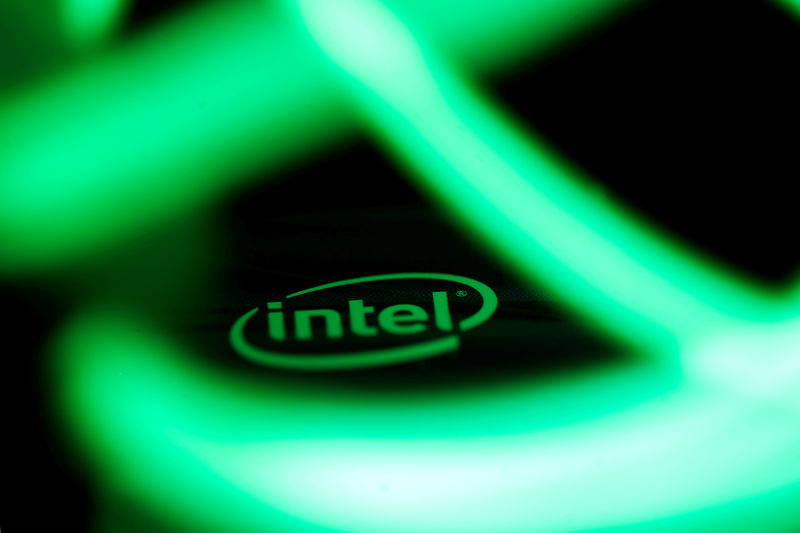Gold prices briefly hit record high over $3,500/oz on fiscal, tariff concerns
Investing.com -- Moody’s Ratings has downgraded Intel Corporation (NASDAQ:INTC)’s senior unsecured ratings to Baa2 from Baa1 while maintaining its Prime-2 short-term commercial paper program rating. The ratings outlook has been changed to stable from negative.
The downgrade reflects Moody’s expectation that Intel’s profitability will remain weak over the next 12 to 18 months despite some improvement from Q2/Q3 2025 levels. According to Moody’s Senior Vice President Raj Joshi, this weakness stems from Intel’s eroding market position in core client and data center microprocessor markets and high operating losses in its foundry operations.
While Intel remains on schedule for high-volume manufacturing of its Panther Lake product on the Intel 18A process technology in Q4 2025, followed by other products in 2026, there is limited visibility on when the company can restore pricing power, stop market share losses, and reduce foundry operation losses.
Moody’s expects Intel’s total debt to EBITDA ratio to decline to 4x by year-end 2026, approximately a year later than previously anticipated. The ratio stood at mid-6x in Q2 2025.
The stable outlook is based on expectations that Intel’s operating profits will rebound from Q2 and Q3 2025 levels over the following 12 to 18 months. Adjusting for the pending Altera business divestiture, Moody’s forecasts low single-digit revenue growth in 2026, below the expected mid-single digit growth in core microprocessor markets.
Intel’s liquidity remains strong with $21 billion in cash and short-term investments as of Q2 2025, plus access to $12 billion under revolving credit facilities. In July, Intel received $922 million from selling a partial stake in Mobileye and expects approximately $3.4 billion in initial proceeds from divesting its majority interest in Altera during the second half of 2025.
Moody’s emphasized that continued progress on the Intel 18A process is critical for improving profitability and competitiveness, though execution risks remain high, especially as Intel plans to significantly increase production volumes in 2026.
The Baa2 rating is supported by Intel’s strong liquidity, large installed base, market share leadership in key segments despite recent losses, large operating scale, and geographically diverse manufacturing facilities.
This article was generated with the support of AI and reviewed by an editor. For more information see our T&C.
